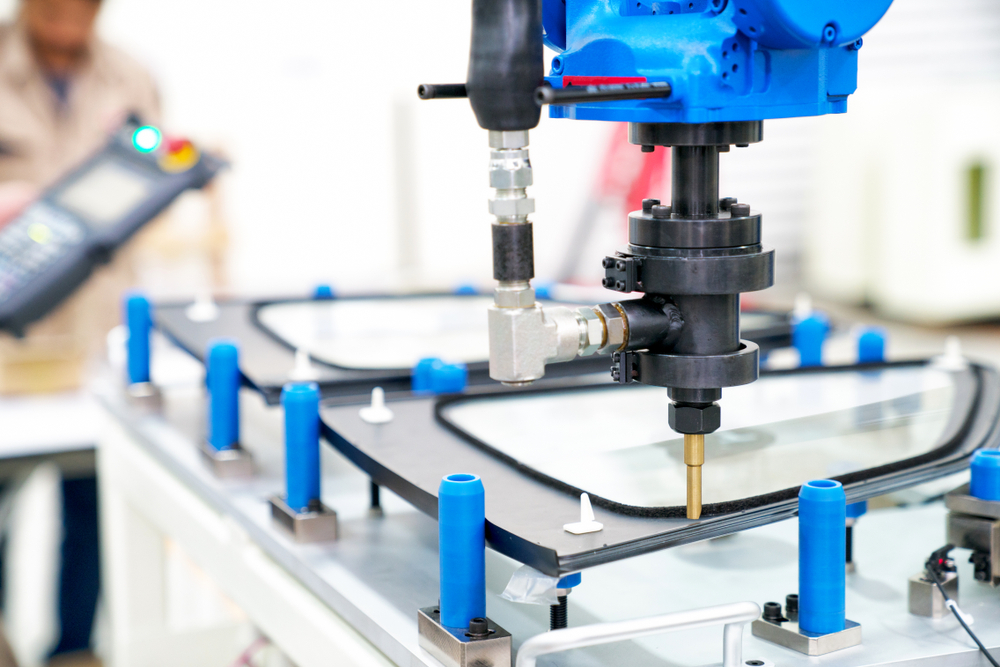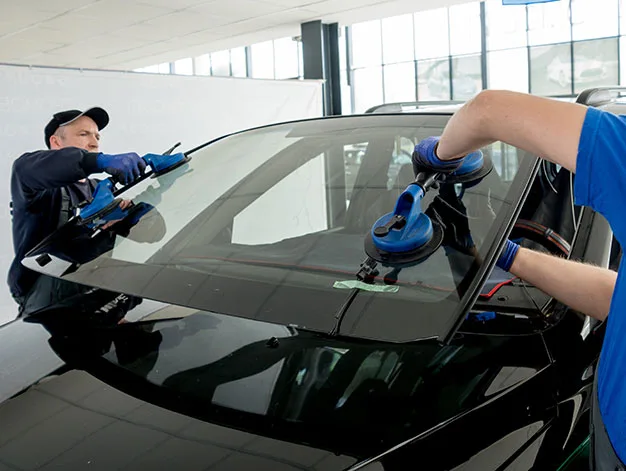The Significance of Auto Glass in Vehicle Innovation and R&D
Forget touchscreens, the future of car tech is in the glass itself! It can:
- Make cars safer: Stronger glass, sensors for driver-assist features
- Improve comfort: Glass that blocks glare and heat automatically
- Boost fuel efficiency: Lighter glass means better mileage
- Change how we drive: Think windshield navigation displays!
Auto glass is a key part of automotive research and development.
Auto glass is crucial in vehicle innovation. It enhances safety with strong materials and adds ADAS. Innovations like smart glass improve comfort, while lighter glass boosts fuel efficiency. Future advances include AR windshields and solar charging. These show the role of automotive R&D.

Revolutionizing Safety with Advanced Auto Glass Technology
Safety is paramount in automotive design, and modern auto glass plays a critical role in enhancing vehicle safety. Glass technology has advanced. It has led to stronger windshields. They are more durable and essential for protecting people from accidents. Laminated glass is a good example. It's made to prevent shattering on impact. This greatly reduces the risk of injury from broken glass.
Furthermore, automakers have integrated advanced driver-assistance systems (ADAS). This was possible due to innovations in auto glass. Windshields often have sensors and cameras. They are vital for functions. These include automatic emergency braking, lane departure warnings, and adaptive cruise control. This merger makes these systems work. It also keeps the vehicle's good looks.
Enhancing Comfort and Convenience
Auto-glass innovation goes beyond safety. It also greatly adds comfort and ease for drivers and passengers. Electrochromic glass, or smart glass, can tint windows and sunroofs. This technology adapts to changing light. It reduces glare and heat inside the vehicle. This makes for a more comfortable drive.
Noise reduction is another area where auto glass technology has made significant strides. Acoustic glass is designed to dampen outside noise. It makes the cabin quieter and more serene. This is especially helpful in city and highway driving.
Fuel Efficiency and Environmental Impact
Auto glass plays a vital role. It is surprising but important. It helps in the quest for better fuel efficiency and less environmental harm. A vehicle's weight directly affects its fuel use. This prompts manufacturers to seek lighter materials. Advanced glass tech has led to thinner, lighter windshields. They reduce weight without harming safety or function.
Moreover, using advanced coatings on auto glass can improve a vehicle's thermal efficiency. These coatings reflect UV and infrared rays. This reduces the need for air conditioning. It lowers fuel consumption and emissions.
The Future of Auto Glass: A Gateway to Innovation
In the future, auto glass will become even more important to car innovation. The development of augmented reality (AR) windshields is a prime example. These windshields could show key information. Examples are navigation directions and traffic alerts. They would be in the driver’s line of sight. This would boost both safety and convenience.
Solar cells could go into car glass. This potential is an exciting path for innovation. This could enable vehicles to use solar energy. It will help charge the battery and further the push for sustainable cars.
Conclusion
In conclusion, car glass is no longer just a passive element of vehicle design; it has evolved into a key component driving innovation in the automotive industry. Auto glass technology is key to vehicle innovation and R&D. It makes cars safer and more comfortable. It also helps the environment. The car industry is changing. The auto glass will keep shaping transportation.
